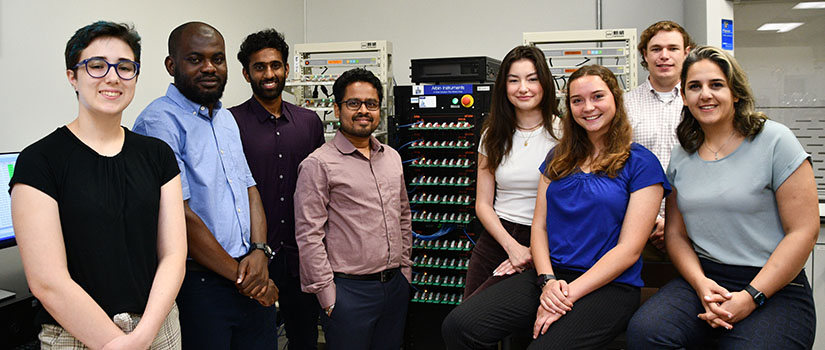Plant Engineering asked Bob Spence, plant manager/operations for Schneider Electric, about productivity, manufacturing recovery, and the challenges he’s faced at his plant in 2011.
Bob Spence is the plant manager/operations for Schneider Electric’s plant in Lexington, KY. The plant manufactures electric distribution products, including safety switches.
PE: Everyone seems to feel the worst of the 2009 recession is behind us. In what ways has 2011 met or exceeded your expectations?
Spence: We are seeing some good growth in our core markets of both commercial and industrial construction. This includes some of our electrical distribution products, such as safety switches.
PE: Where are the warning signs? What still needs to be done?
Spence: Manufacturers need to be increasingly ready to compete in a global marketplace, where emerging powers such as China and India are making huge strides. As manufacturers face a shrinking talent pool of engineers and automation professionals, they must be able to do more with less.
Stagnation in the housing market is a chief concern. While low interest rates may drive modest commercial and industrial switch sales, the home consumer seems to be heeding the sluggish recovery more harshly. The job market must improve before consumers can commit to large, mostly financed purchases.
PE: What initiatives have you undertaken to get more productive within your own plant?
Spence: Lexington has worked hard to apply the Lean tools of the Schneider Production System (SPS). Our production groups conduct brief meetings at shift start to stretch and review safety concerns. Additionally, shift end meetings are conducted to review the daily barriers and compare group output compared to expected goals. Production barriers and their impacts are recorded by line leaders in a central database where downtime is pare-toed for analysis by the appropriate Value Stream Team (VST).
In addition, Lexington conducted four detailed diagnostics in 2006. These diagnostics focused on muda (waste) in the manufacturing processes and asked the question “What could we do if we had a blank sheet of paper for Lexington?”
The result was a complete re-layout of the facility to improve the process flow and reduce material handling. This re-layout was coupled with an innovative power and free conveyor system that now allows operators to fabricate a component and load directly to the automated paint process versus palletizing and handling. The re-layout and conveyor system also enabled multiple robotic load/unload applications throughout the plant that had not been possible with the previous monorail paint system. From 2009 to 2010, Lexington industrialized eight of these types of robotic applications. Two more are planned for 2011.
PE: You see successful manufacturing operations all the time. What characteristics do they have in common?
Spence:
- Use of automation, robotics, and control technologies to make processes more efficient
- Energy consumption reduced to cut operational costs and significantly improve the bottom line
- Successful safety program
- High level of visual management and 5S Management practices
- High level of employee engagement via Idea Sharing (suggestion program), safety teams, continuous improvement events (Kaizen), and communication meetings (Short Interval Management)
- Engaged plant leadership staff
- Heavy emphasis on Lean manufacturing practices
- Successful quality culture with employees and suppliers
- Community and employee involvement/charitable activity involvement.
PE: What are the biggest internal obstacles to a successful manufacturing operation? What are the biggest external obstacles?
Spence: The internal obstacles are aging facilities, workforce development—there’s a lack of growth of the manufacturing industry talent pipeline, and knowledge retention. As our workforce ages, it is important to ensure we are transitioning the knowledge onto the next generation of workers. There also is cost management, continued pressure to hit productivity/improvement targets, and pressures on raw material pricing and subsequent effects on the bottom line.
The external obstacles include increasing external pressure for sustainable operations and competition from lower-cost locations within the company. We need to continue to perform, in all key metrics, at a high level, given the global scale of competition and comparison within Schneider.
PE: What’s your outlook for 2013?
Spence: An increased adoption of energy efficiency standards for industrial machines, more collaborative manufacturing environments (via cloud and web resources), which will lead to greater productivity, and continued growth in the commercial and industrial markets and increased recovery in residential market.
Return to 2011 Mid-Year Report: Grading on the curve.



